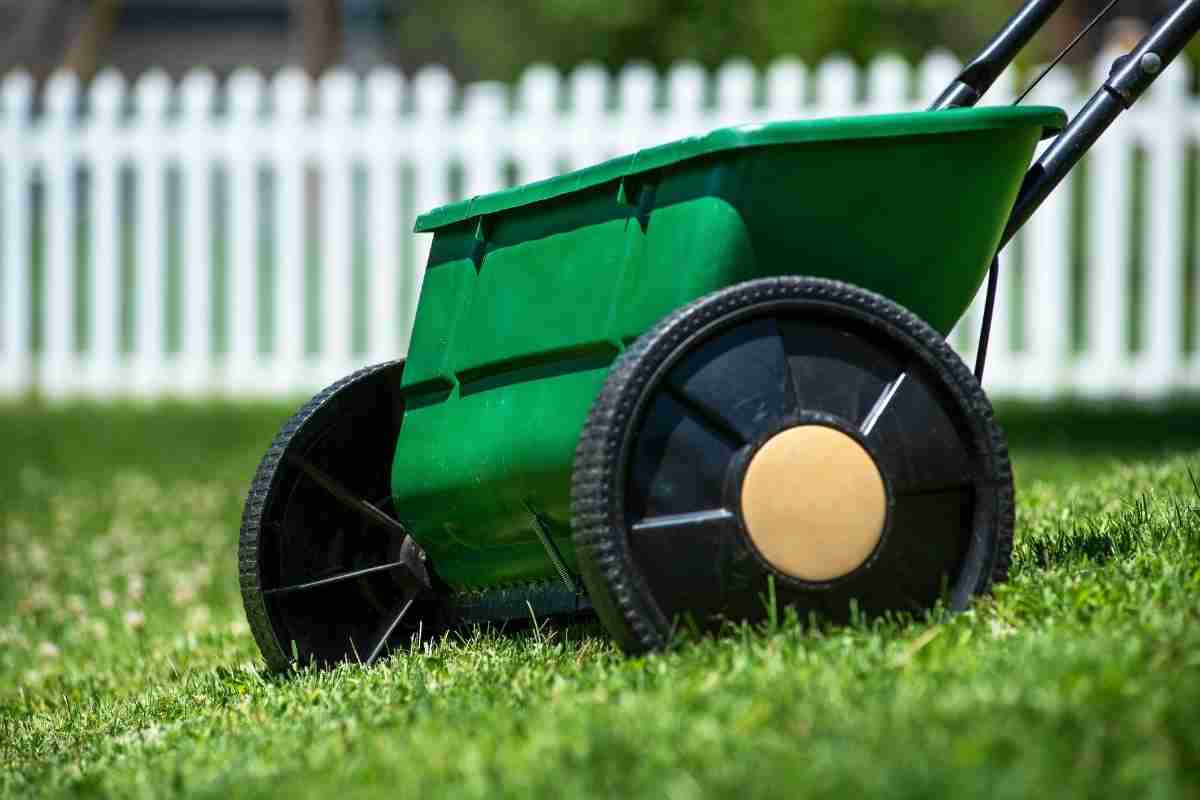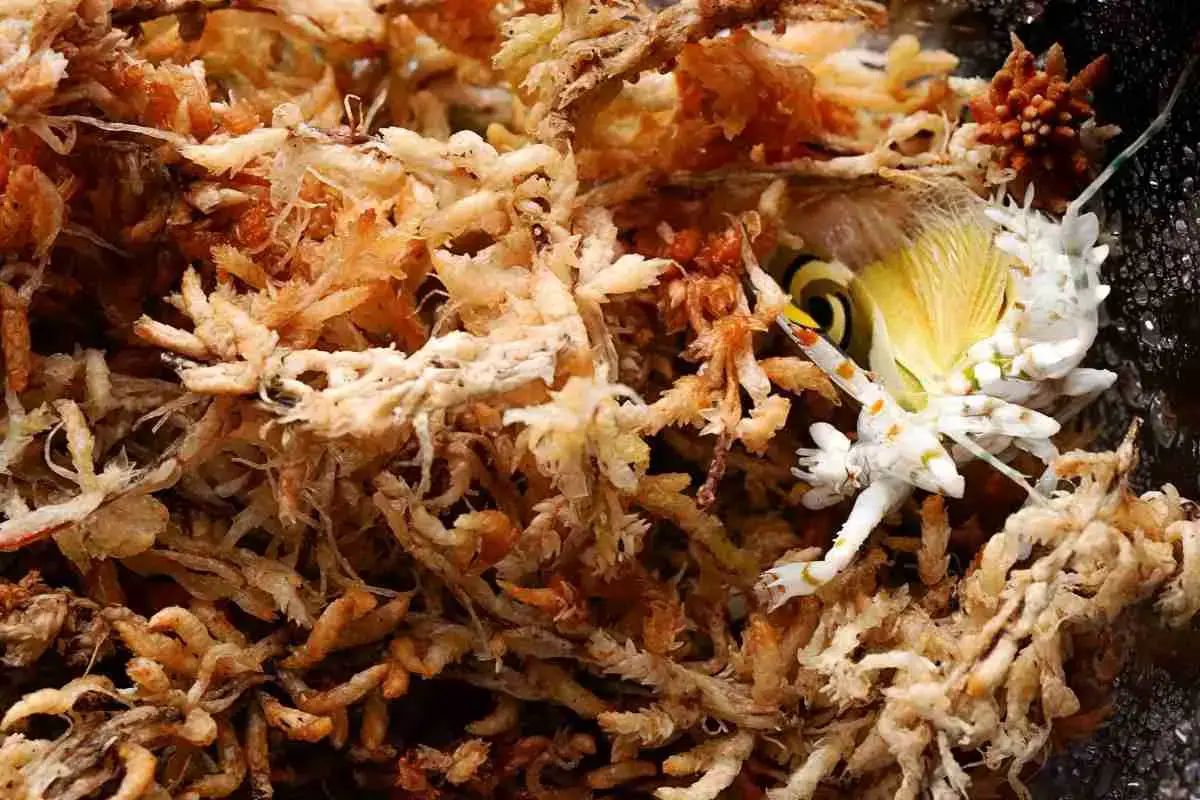
3 Simple Methods To Sterilize Sphagnum Moss
Read more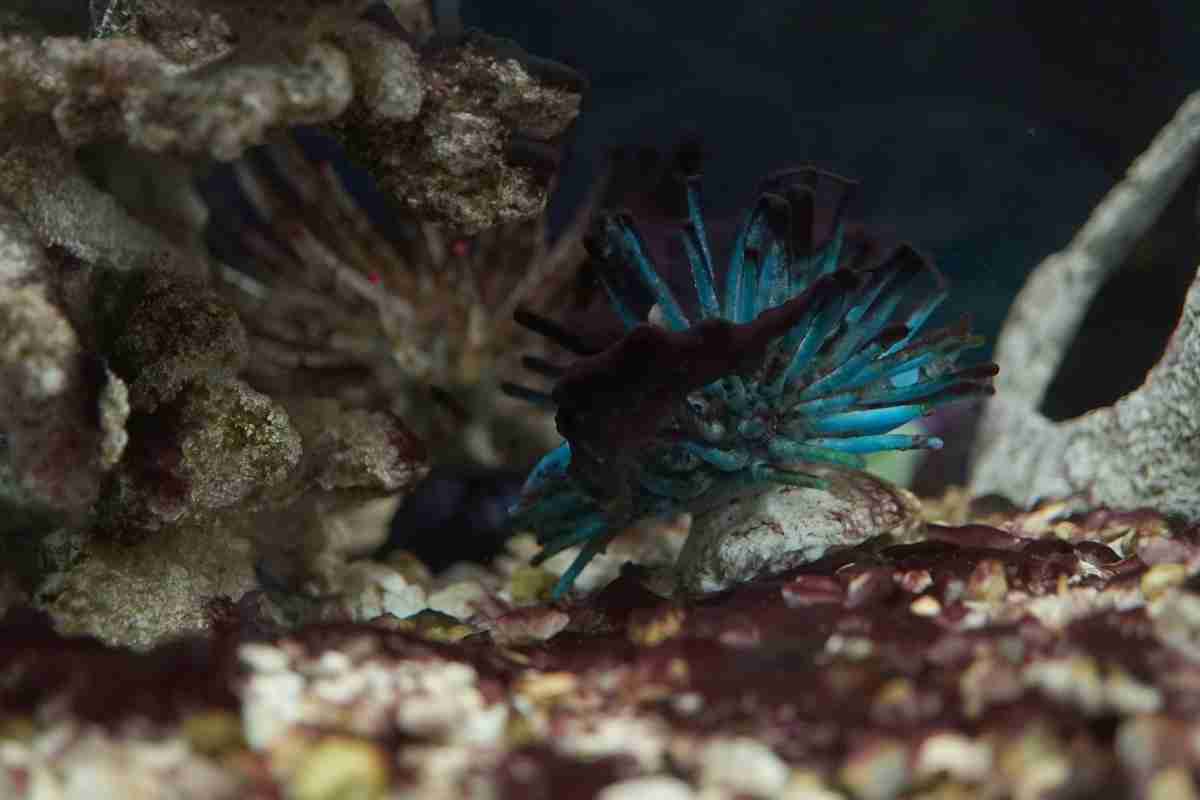
How To Get Rid Of Brown Algae In My Saltwater Tank?
Read more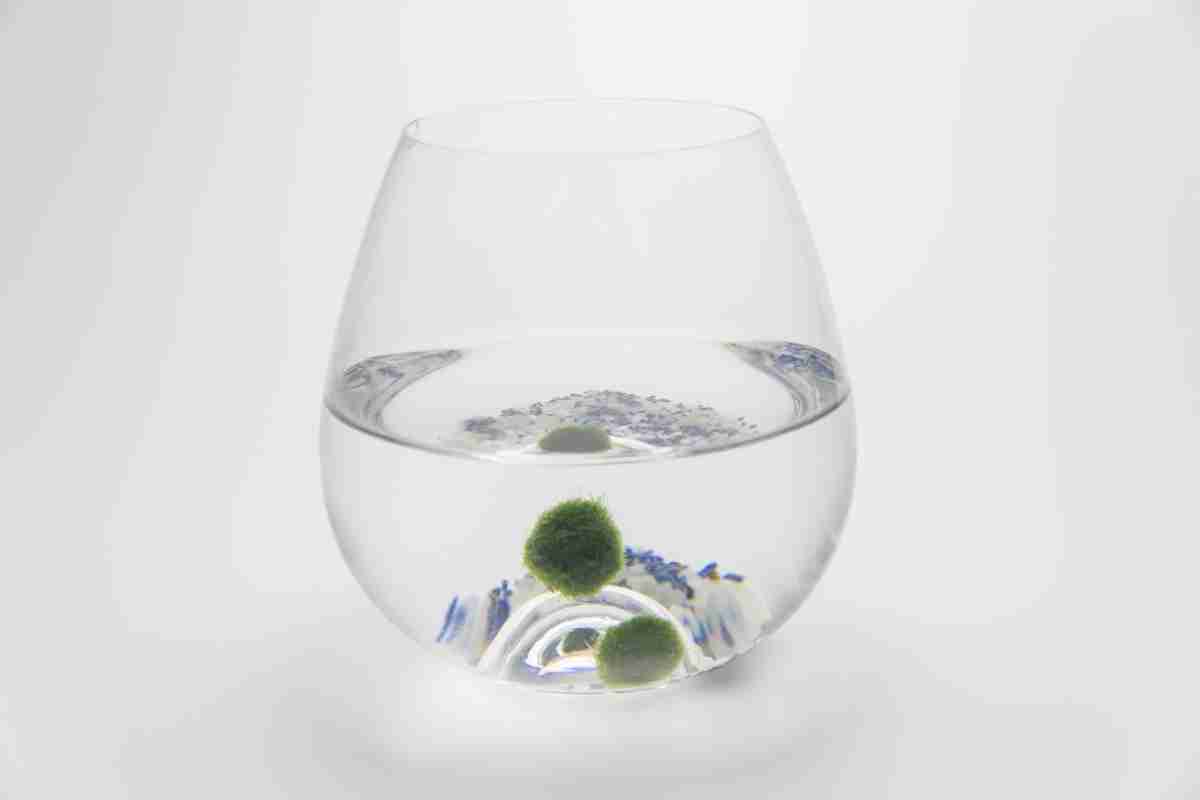
Floating Moss Balls: Why Do They Float?
Read more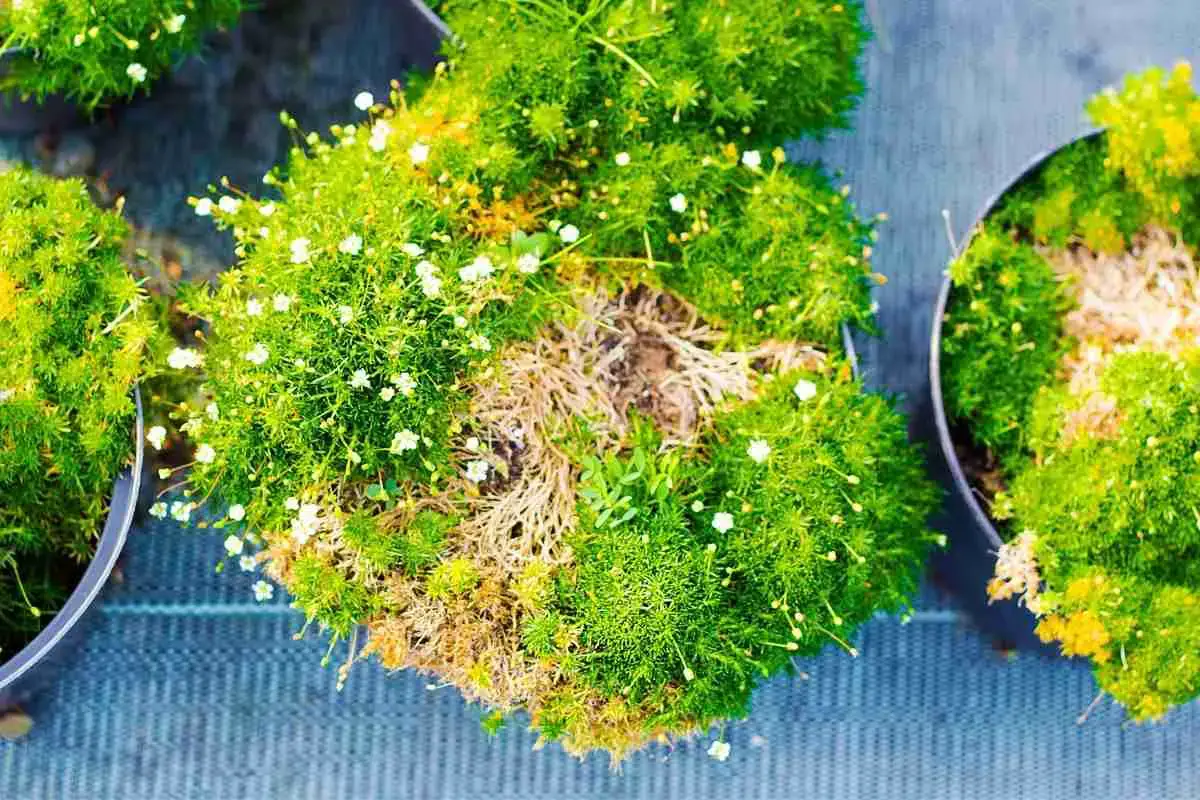
Scotch Moss or Irish Moss: Unveiling the Key Differences You Need to Know!
Read more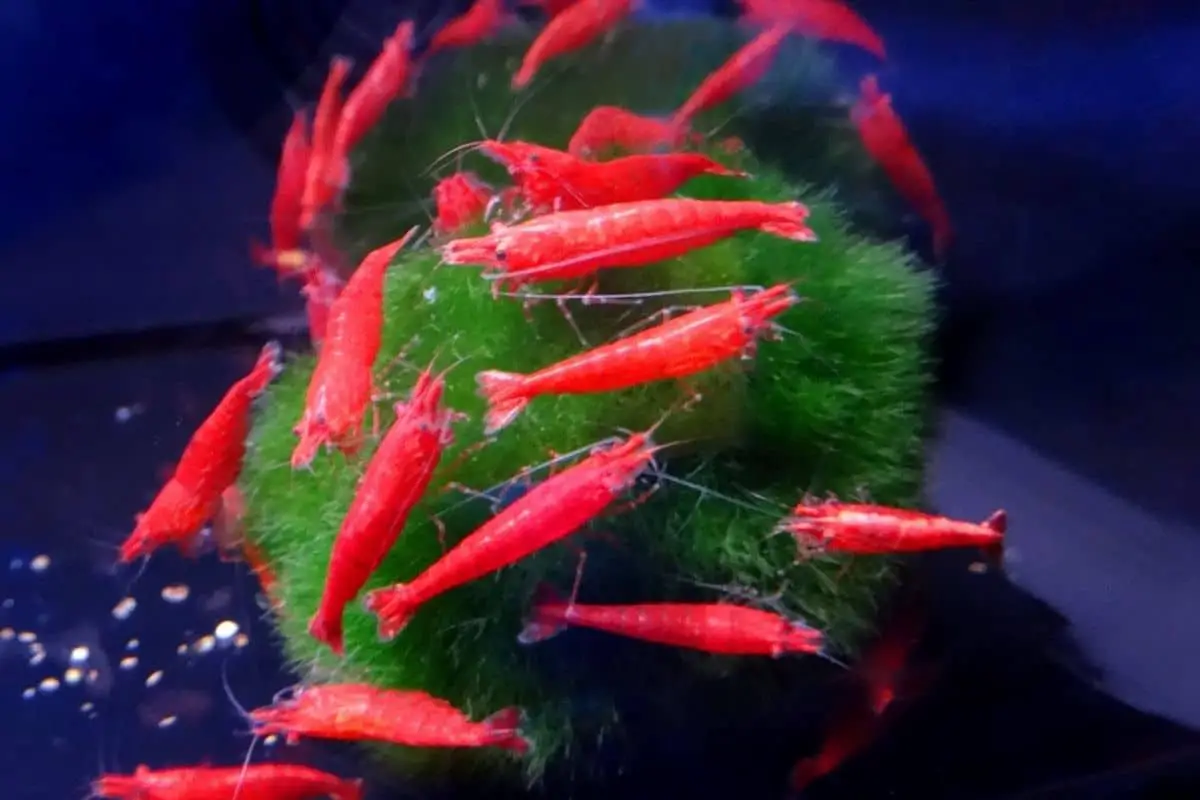
How Long Do Moss Balls Last In A Fish Tank?
Read more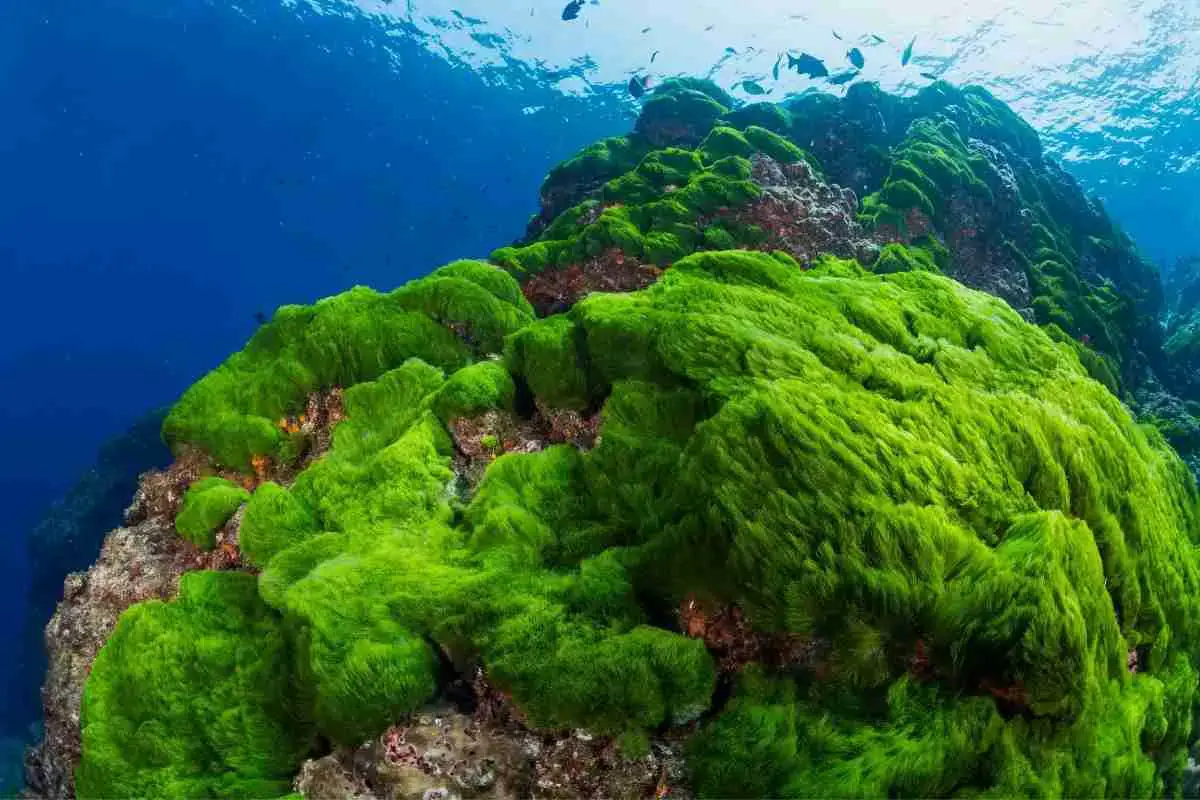
What Does Algae Eat? Algae’s Unique Eating Habits
Read more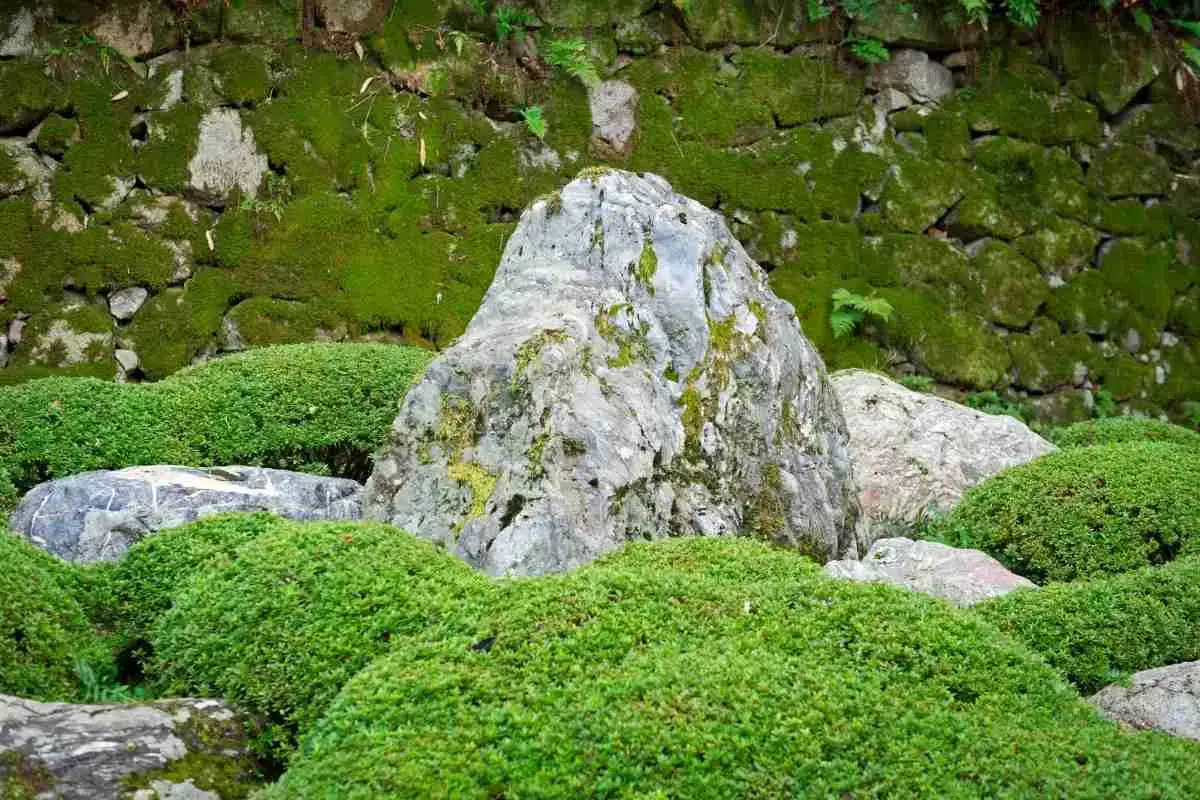
11 Types Of Moss That Grows On Rocks!
Read more
Does Moss Need Sunlight?
Read more
What Is A Moss Pole? And Why Are They Used?
Read more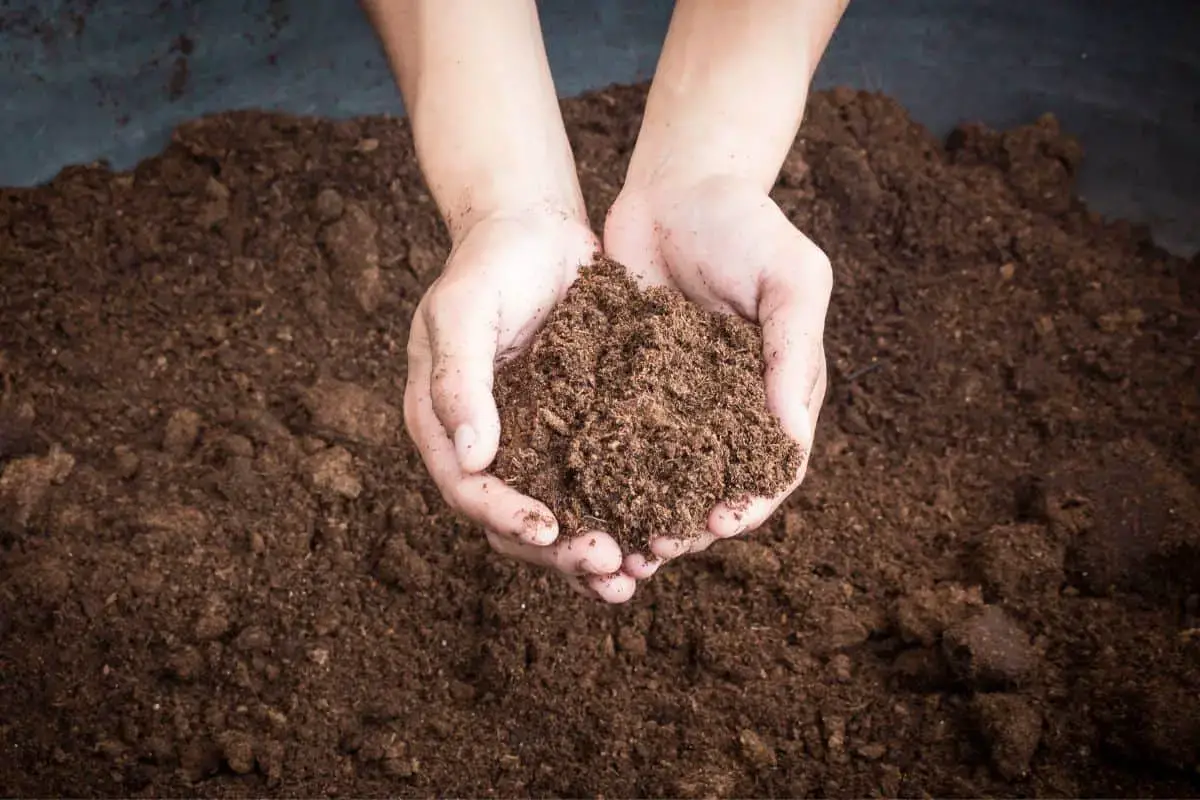
DIY Peat Moss: 5 Simple Steps to Success – Start Today!
Read more
How to age terracotta pots with moss
Read more